My class has 2 properties (String) that are two types of people's document numbers. To verify if the documents has valid numbers, a calculation is realized (verifiers digits). Below an example how is realized a consistensy of one of them:
Number: 973.345.650-02 (The punctuations must be ignored)
FIRST VERIFIER DIGIT CALCULATION
9 * 10 = 90
7 * 9 = 63
3 * 8 = 24
3 * 7 = 21
4 * 6 = 24
5 * 5 = 25
6 * 4 = 24
5 * 3 = 15
0 * 2 = 0
----------
Sum = 286
286 % 11 = 0
If rest < 2 then first digit = 0
Or if rest >= 2 then first digit = 11 - rest
In this case, rest < 2 (0), then first verifier digit = 0
SECOND VERIFIER DIGIT CALCULATION
9 * 11 = 99
7 * 10 = 70
3 * 9 = 27
3 * 8 = 24
4 * 7 = 28
5 * 6 = 30
6 * 5 = 30
5 * 4 = 20
0 * 3 = 0
0 * 2 = 0 ==> FIRST VERIFIER DIGIT
----------
Sum = 328
328 % 11 = 9
Same rule of first verifier digit
If rest < 2 then first digit = 0
Or if rest >= 2 then first digit = 11 - rest
The rest is greater than 2 (9), then second verifiter digit = 11 - 9 ==> 2
JAVA METHOD
public static boolean isValidCPF(String cpf) {
cpf = cpf.replaceAll("[./-]", "");
if (cpf.length() < 11) {
return false;
}
int equalDigits = 0;
char compareChar = cpf.charAt(0);
for (int i = 1; i <= 9; i++) {
if (compareChar == cpf.charAt(i)) {
equalDigits++;
} else {
break;
}
}
if (equalDigits == 9) {
return false;
}
int[] digit = new int[2];
int sum = 0, multiply = 2;
for (int k = 8; k <= 9; k++) {
for (int i = k; i >= 0; i--) {
sum += Character.getNumericValue(cpf.charAt(i)) * multiply++ ;
}
digit[k-8] = (sum % 11) < 2 ? 0 : 11 - (sum % 11);
sum = 0;
multiply = 2;
}
if (cpf.equals(cpf.substring(0 , 9) + digit[0] + digit[1])) {
return true;
}
return false;
}
I guess that OCL "sequence" must be used in this case (loop through digits) converting each one to Integer for calculation and using "body" in constraint, but I don't know how.
I want to apply the contraint to UML model in Papyrus (that's I know how to do).
Thanks in advance.
